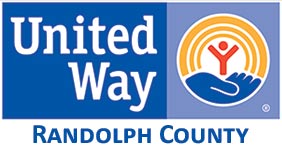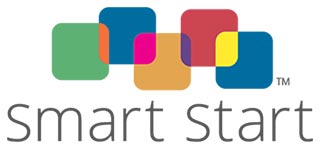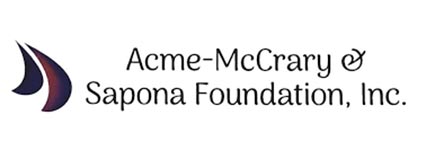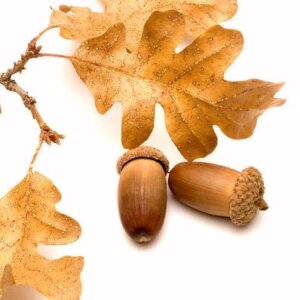 Cooler temperatures and less humid days are the perfect time for parents, grandparents, and caregivers to take young children outside to play, to explore, and to use natural elements to help even our very young children develop math and reading literacy skills.
Cooler temperatures and less humid days are the perfect time for parents, grandparents, and caregivers to take young children outside to play, to explore, and to use natural elements to help even our very young children develop math and reading literacy skills.
Becoming good at math begins long before a child enters school. Each one of us is born to be a “math person.” Even babies can do simple math, such as noticing amounts and patterns. Toddlers love learning math concepts and games, such as comparing sizes and shapes. These concepts help them make sense of the world.
For a fun way to think of this, just remember: Count, Group, and Compare.
Taking this simple learning activity outside makes it even more fun—because, together, you can Count, Group, and Compare natural elements like acorns, sticks, pinecones, poplar balls, and other objects found outside.
In high quality child care programs, early educators call things like acorns and sticks “loose parts”—they can be moved around easily, are free or don’t cost much, and spur great imaginative play among young children.
Best of all, these activities can be replicated perfectly at home by parents in back yards, or at grandma’s house, or at your local park – because things like sticks and pinecones are easy to find!
Sometimes when you go outside to Count, Group, and Compare, you may find that your child does all of the imaginative work for you. They begin to role play, creating stories around their outdoor fun. This uninhibited creativity was likely the inspiration behind Not a Stick by Antoinette Portis.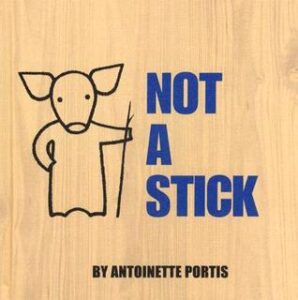
In this picture book, a little pig-like creature finds a stick. The grown-ups are telling him to be careful with the stick, look where he’s going, and look where he’s pointing it. In the piglet’s wonderful imagination, he is using what he has found to paint like Vincent Van Gogh, be a prize weight lifter, and fight off a fire-breathing dragon.
Outdoor play with loose parts and natural elements can spur language development and early reading literacy. Ask questions and play along to create an oral story around your child’s play. Then retell the story during your daily reading time. Incorporate books like Not a Stick along with the oral stories during reading time.
Building math and reading literacy skills may seem daunting. However, there’s no need for parents and caregivers of infants and toddlers to fret about brushing up on math and reading skills before going outside. Just get out there and follow your child’s lead. Let nature be your child’s inspiration, and then piggy back off of their play to build math and reading skills.
Nature’s beauty at this time of year will naturally draw your child and you into activities where you can Count, Group, and Compare; Read and Discuss Stories; and build a strong foundation for future learning success—all while having lots of fun!



